The Android Phone Starter Guide is your gateway to unlocking a universe of retro gaming on your mobile device, and CONDUCT.EDU.VN provides the knowledge you need to get started. This detailed android emulation guide covers everything from ROM setup to emulator selection, offering mobile gaming solutions that elevate your experience. Dive into the world of retro gaming with confidence, empowered by CONDUCT.EDU.VN’s guidance.
Table of Contents
- Essential Accessories for Android Gaming
- Building Your ROM Library: A Comprehensive Guide
- Compressing Your ROMs: Optimize Storage on Your Android Device
- Understanding Storage Options: Portable vs. Internal
- Frontends: Creating a User-Friendly Interface for Your Games
- Game Streaming: Expanding Your Gaming Horizon
- Recommended Emulators: System-by-System Guide
- RetroArch: A Comprehensive Emulator for Classic Systems
- RetroArch vs. Standalone Emulators: Which is Right for You?
- PlayStation 1 (PS1) Emulation: Duckstation Setup
- Nintendo 64 (N64) Emulation: Mupen64Plus-FZ Configuration
- Sega Saturn Emulation: Yaba Sanshiro 2 (Pro) Setup
- Sega Dreamcast Emulation: Redream Configuration
- Nintendo DS (NDS) Emulation: DraStic Optimization
- PlayStation Portable (PSP) Emulation: PPSSPP Tweaks
- PlayStation Vita (PS Vita) Emulation: Vita3K Guide
- Nintendo GameCube and Wii Emulation: Dolphin Setup
- PlayStation 2 (PS2) Emulation: NetherSX2 Optimization
- Nintendo 3DS Emulation: Citra or Lime3DS Configuration
- Pico-8 Emulation: A Winlator Guide
- Frequently Asked Questions (FAQ) About Android Emulation
- Conclusion: Enjoying Retro Gaming on Your Android Phone
- Changelog
1. Essential Accessories for Android Gaming
Enhance your android gaming experience with the right accessories. A microSD card is crucial for storing ROMs, and reputable brands like SanDisk and Samsung offer reliable options. Selecting the right gaming peripherals and mobile accessories is key to enjoying android gaming to its fullest.
Here’s a breakdown of recommended microSD cards:
| Capacity | Brand | Model | Estimated Price |
|---|---|---|---|
| 128GB | SanDisk | Extreme | $20 |
| 128GB | Samsung | EVO Select | $20 |
| 256GB | Samsung | EVO Select | $30 |
| 512GB | Samsung | EVO Select | $60 |
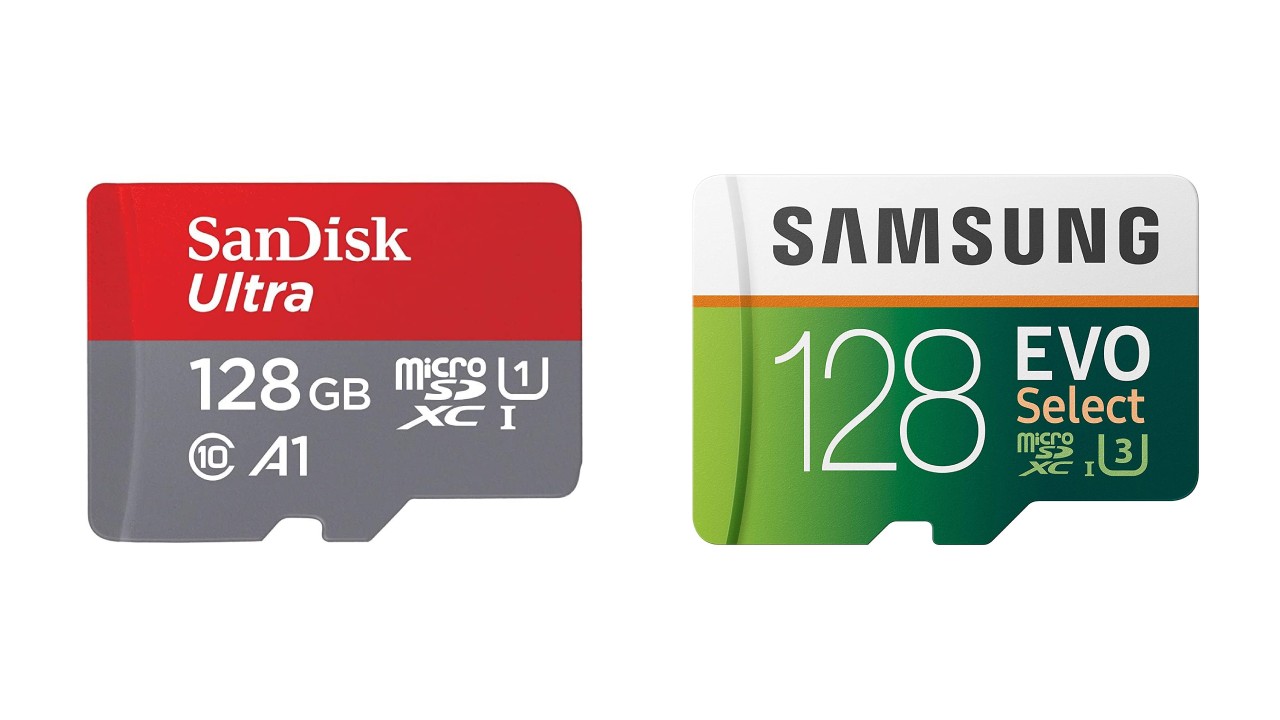
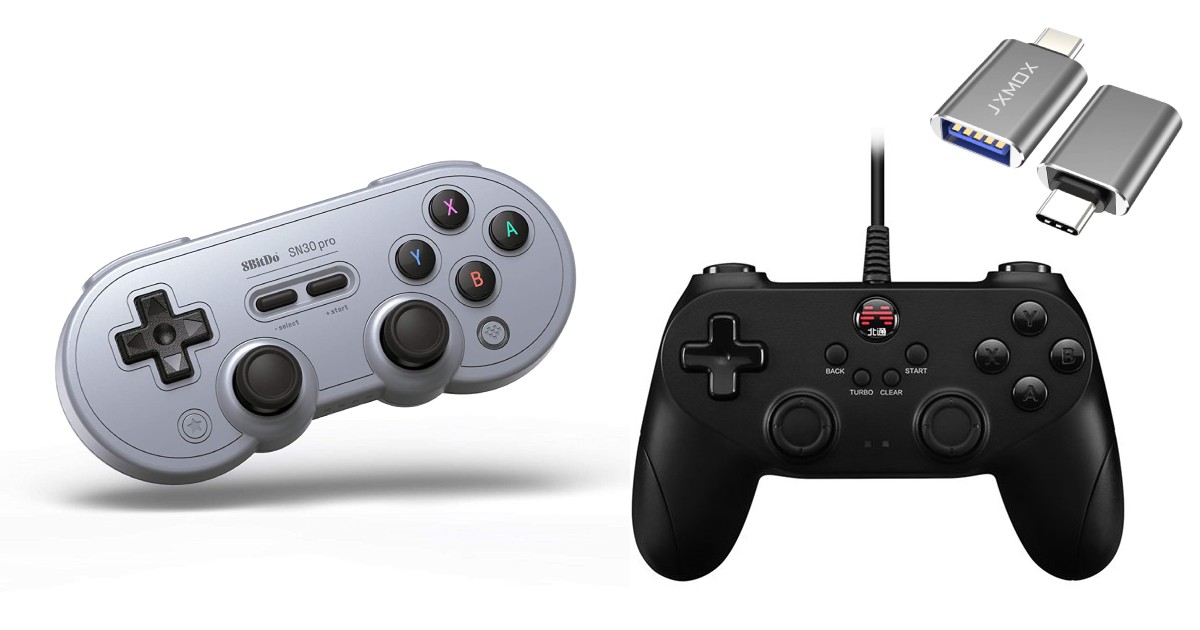
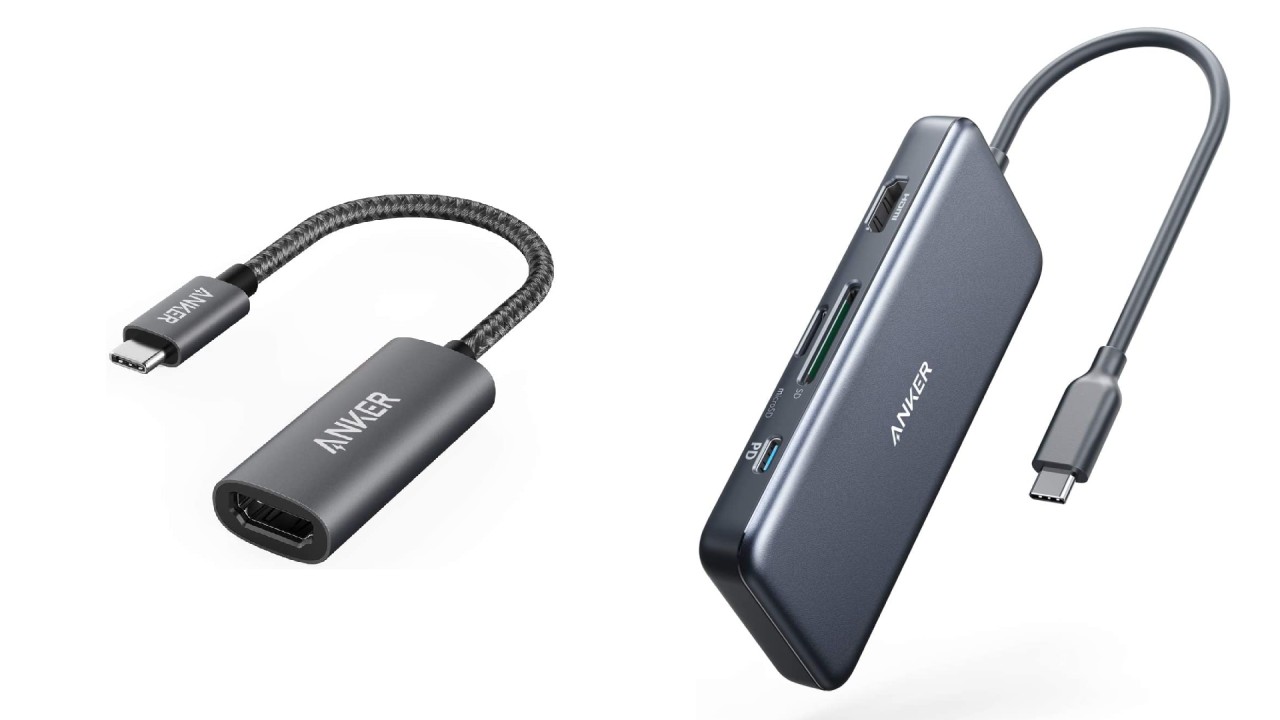
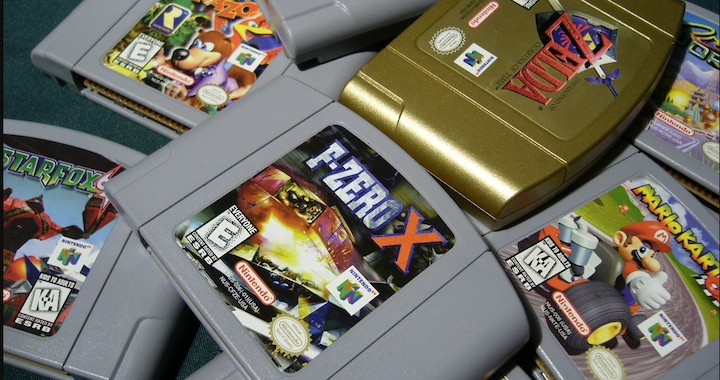
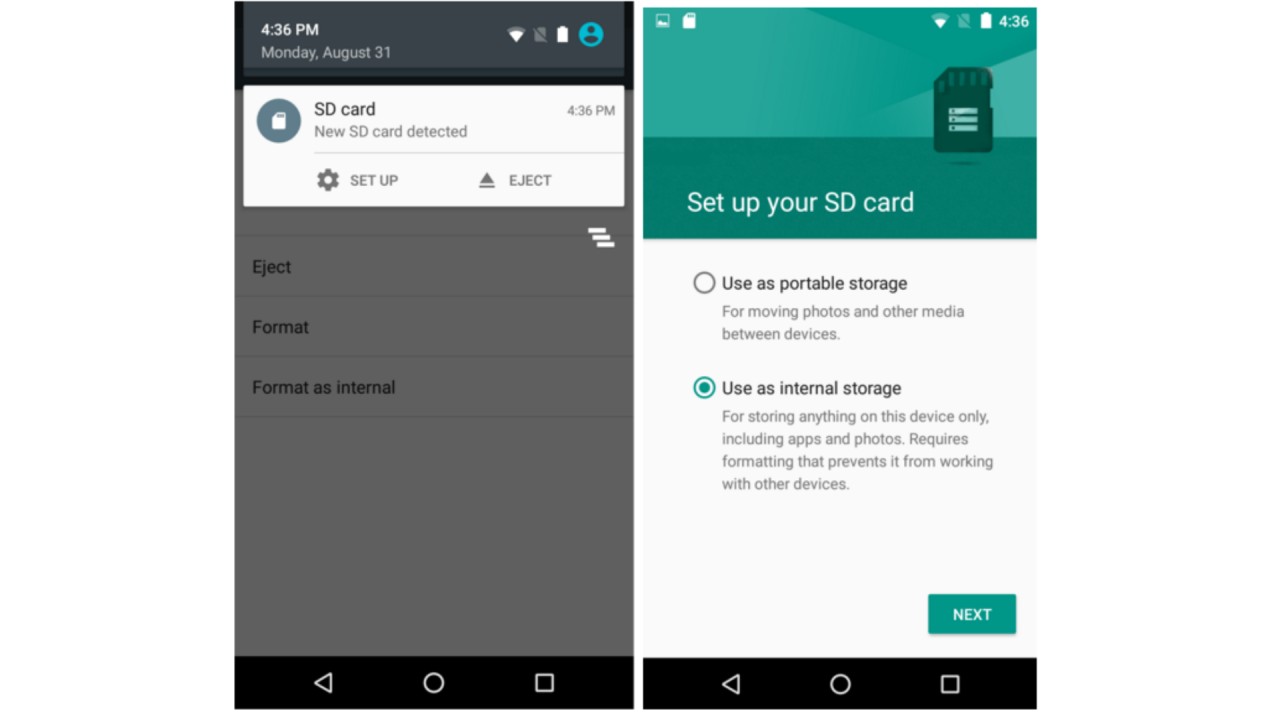
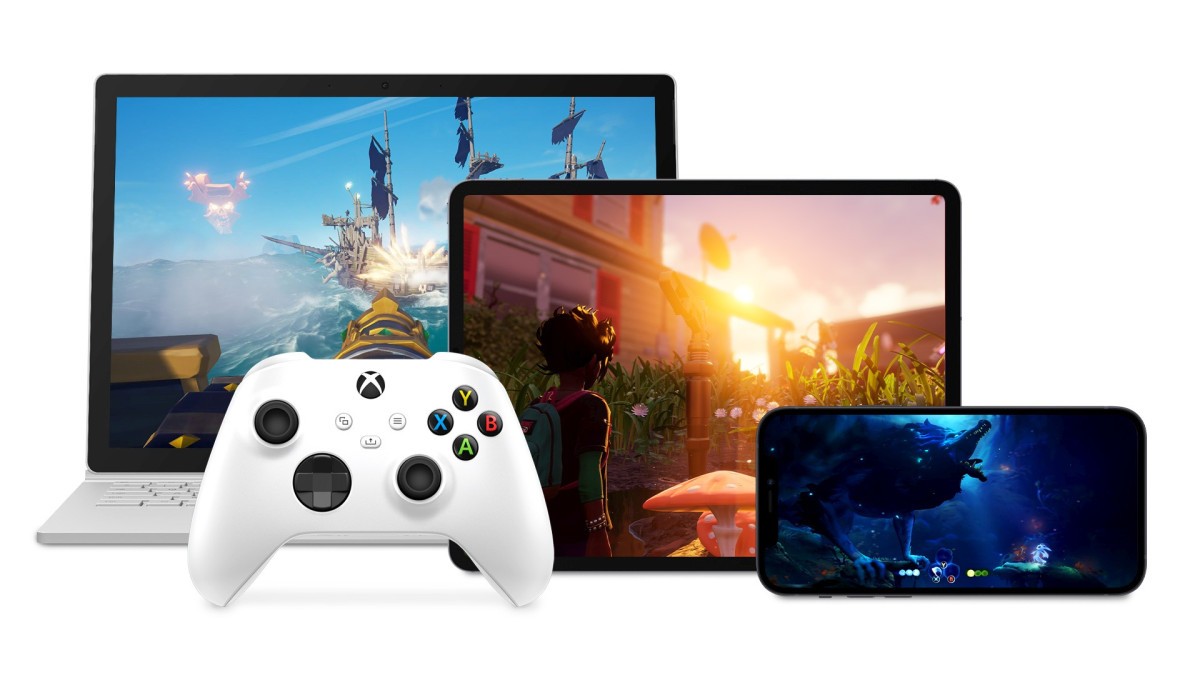
A microSD to USB adapter can significantly improve transfer speeds when loading ROMs onto your card. Anker offers a reliable adapter that minimizes corruption issues.
Many android devices support video-out via USB-C, allowing you to connect to a TV for a console-like experience. A USB-C to HDMI adapter or a USB-C hub with HDMI output are ideal. The hub can also provide power, microSD card access, and wired controller connections.
Controllers are essential for retro gaming. Bluetooth controllers like the 8BitDo SN30 Pro or wired controllers like the Betop BD2E are excellent choices. For USB controllers, an OTG adapter or USB hub is necessary. Telescopic controllers like the GameSir X2 are great for android phones, offering a seamless gaming experience.
2. Building Your ROM Library: A Comprehensive Guide
Constructing your ROM library is a crucial step in reliving classic games on your android device. Retro game downloads and ROM collection require careful planning to ensure compatibility and organization. CONDUCT.EDU.VN emphasizes the importance of respecting copyright laws and using ROMs responsibly.
Here is a list of systems compatible with android emulation:
Home Consoles:
- Panasonic 3DO
- Atari 2600
- Atari 5200 (and 800)
- Atari 7800
- Atari Jaguar
- Colecovision
- PC Engine (TurboGrafx-16)
- PC Engine CD (TurboGrafx-CD)
- Nintendo Entertainment System
- Famicom Disk System
- Super Nintendo
- Nintendo 64
- Nintendo GameCube
- Sega SG-1000
- Sega Master System
- Sega Genesis
- Sega CD
- Sega 32X
- Sega Saturn
- Sega Dreamcast
- Neo-Geo / CD
- NEC PC-FX
- Sony PlayStation
- Sony PlayStation 2
- Vectrex
Handheld Consoles:
- Atari Lynx
- Game and Watch
- Nintendo Game Boy
- Nintendo Game Boy Color
- Nintendo Game Boy Advance
- Nintendo DS
- Nintendo 3DS
- Nintendo Virtual Boy
- Sega Game Gear
- Neo-Geo Pocket / Color
- Sony Playstation Portable
- Wonderswan / Color
Home Computers:
- Amiga
- Amstrad CPC
- Atari ST
- Commodore 64 (and C16/Plus4, C128)
- Intellivision
- MSX
- PC (DOSBOX)
- ScummVM
- ZX Spectrum
Arcade Systems:
- MAME
- Final Burn Neo
- Neo-Geo / CD
- Atomiswave
- Naomi
Adopting the “No-Intro” naming convention simplifies box art integration in RetroArch and other frontends. Refer to the Libretro thumbnails directory for naming conventions. BIOS files are crucial for certain emulators like GBA, Sega CD, and PS1/PS2.
Here are some recommended BIOS files:
| System | BIOS File(s) |
|---|---|
| SEGA CD | bios_CD_E.bin, bios_CD_J.bin, bios_CD_U.bin |
| FAMICOM DISK SYSTEM | disksys.rom |
| GAME BOY | gb_bios.bin |
| GAME BOY COLOR | gbc_bios.bin |
| GAME BOY ADVANCE | gba_bios.bin |
| NEO GEO | neogeo.zip |
| PLAYSTATION | scph1001.bin |
| PLAYSTATION 2 | SCPH-90001_BIOS_V18_USA_230.ROM0 |
| TURBOGRAFX-CD | syscard1.pce, syscard2.pce, syscard3.pce |
| SEGA SATURN | saturn_bios.bin |
| SEGA DREAMCAST | dc_boot.bin (renamed to boot.bin) |
| NINTENDO SWITCH | prod.keys, title.keys |
3. Compressing Your ROMs: Optimize Storage on Your Android Device
Compressing your ROM library can save significant storage space. Various compression methods are available, and a comprehensive guide is available for CD-based systems. Mastering ROM compression techniques maximizes the number of games you can store without sacrificing performance. Visit CONDUCT.EDU.VN for more on file compression.
4. Understanding Storage Options: Portable vs. Internal
Choosing between portable and internal storage for your microSD card impacts flexibility and app installation capabilities. With Android 10 and below, portable storage allows easy removal and connection to a PC. Internal storage enables app installation on the SD card but restricts PC connectivity. Android 11 and above utilize scoped storage, affecting file permissions for older apps. Using a USB-C dock for storage is treated as portable storage.
5. Frontends: Creating a User-Friendly Interface for Your Games
Android offers many frontend options to organize your game library. Daijisho is a free and customizable frontend that simplifies setup. ATV Launcher transforms the interface into a tile-based system. LaunchBox provides a clean interface with minimal work but requires a paid license. DIG is a free frontend with customization options. Pegasus offers extensive customization but requires more setup. Reset Collection is a paid app with media integration. Arc Browser offers classic and modern UI options.
6. Game Streaming: Expanding Your Gaming Horizon
Android devices can also function as streaming consoles. Stream PC games from your computer or the cloud, or use remote play apps for modern consoles. If your device struggles with high-end emulation, game streaming offers an alternative.
Here are some recommended streaming apps:
| App | Description |
|---|---|
| NVIDIA GeForce Now | PC cloud streaming |
| Shadow | PC cloud streaming |
| Moonlight | PC remote play |
| AMD Link | PC remote play |
| Steam Link | PC remote play |
| Parsec | PC remote play |
| PSPlay/Chiaki | PS4 & PS5 remote play |
| Xbox/XBXPlay | Xbox One/Series remote play |
| Xbox Game Pass | Xbox cloud streaming |
7. Recommended Emulators: System-by-System Guide
Choosing the right emulator is essential for optimal performance. Here is a list of recommended emulators for different systems:
| System | Emulator | Notes |
|---|---|---|
| PS1 | Duckstation | Free, accurate emulation |
| N64 | Mupen64Plus FZ | Free, actively developed |
| Saturn | Yaba Sanshiro 2 | Pro version available, best performance |
| Dreamcast | Redream | Free, in-app upgrade available |
| NDS | DraStic | Paid, best option for NDS emulation |
| PSP | PPSSPP | Gold version available |
| PS Vita | Vita3K | Free, requires dumped games or NoNpDrm copies |
| GameCube & Wii | Dolphin | Development build recommended, accurate emulation |
| PS2 | NetherSX2 | Community project based on AetherSX2 |
| 3DS | Citra Canary/Nightly/Lime3DS | Discontinued, Lime3DS recommended for high-end devices, Citra MMJ for lower-powered devices |
| Pico-8 | Winlator | Free, requires Windows container for native Pico-8 support |
8. RetroArch: A Comprehensive Emulator for Classic Systems
RetroArch is a versatile emulation program that supports many systems. Its standardized options simplify configuration, but setup can be challenging. CONDUCT.EDU.VN offers a standalone RetroArch starter guide to help you get oriented.
When setting up RetroArch for android, consider the following:
- Download the latest nightly builds directly from the RetroArch website instead of using the Play Store versions.
- Open the app once to create file directories.
- Be cautious when mapping the A button as a hotkey.
- Use devices with built-in controllers or direct connections to minimize input delay.
- Disable the touchscreen button overlay if using a controller.
Here are some preferred RetroArch cores for popular systems:
| System | Core |
|---|---|
| Arcade | FB Alpha 2012 |
| Commodore Amiga | PUAE |
| DOS | DosBox-Pure |
| NEC PCE/TG-16/PCE-CD/TG-CD | Beetle PCE |
| Nintendo GB/GBC | Gambatte |
| Nintendo GBA | gpSP or mGBA |
| Nintendo Virtual Boy | Beetle VB |
| Nintendo DS | melonDS |
| Nintendo NES | fceumm or QuickNES |
| Nintendo SNES | Snes9x Current |
| Nintendo 64 | ParaLLEl or Mupen64Plus |
| ScummVM | ScummVM |
| Sega Master System/Genesis/CD | Genesis Plus GX |
| Sega 32x | PicoDrive |
| Sega Saturn | YabaSanshiro or Beetle Saturn |
| Sega Dreamcast | Flycast |
| SNK Neo Geo | FinalBurn Neo |
| Sony PlayStation | DuckStation, SwanStation, or PCSX ReARMed |
| Sony Playstation Portable | PPSSPP |
9. RetroArch vs. Standalone Emulators: Which is Right for You?
RetroArch offers universal settings and is ideal for systems SNES and below. However, standalone emulators can be more optimized. RetroArch’s universal hotkeys are beneficial when using frontends. Many standalone emulators cost money or hide features behind a paywall. In some cases, RetroArch cores are not as performant as standalone emulators.
10. PlayStation 1 (PS1) Emulation: Duckstation Setup
Duckstation is a powerful PS1 emulator that is more accurate than PCSX-ReARMed. Duckstation requires more performance power, so you may want to use RetroArch instead.
When first booting the app, map the controls. Recommended changes include:
- Controller settings > Auto-Hide Touchscreen Controller > ON
- Controller settings > Port 1 > Controller type: Analog Controller (DualShock)
- Controller settings > Port 1 > Use Analog Sticks for D-Pad in Digital Mode > ON
Adjust the Resolution Scale and turn on PGXP Geometry Correction in the App Settings. Duckstation requires BIOS files. Recommended file types include .bin/.cue, .iso, .img, .chd, .pbp, and .m3u.
11. Nintendo 64 (N64) Emulation: Mupen64Plus-FZ Configuration
Mupen64Plus-FZ is the best N64 emulator on android. Swipe from the left side of the screen to bring up the side panel. Adjust your mappings if the default N64 A and B buttons don’t feel natural. Adjust the rendered resolution and emulation profile under Settings > Display. Widescreen hacks are available in the GlideN64-Accurate profile.
12. Sega Saturn Emulation: Yaba Sanshiro 2 (Pro) Setup
Yaba Sanshiro 2 is a standalone Sega Saturn emulator. The Pro version disables ads. This app provides the best emulation performance.
Suggestions for best performance:
- Use version 1.7.4 of Yaba Sanshiro 2 or above
- Use CPU affinity > OFF
- Use Computer Shader > ON
- Polygon Generation type > GPU Tessellation
- Sound time synchronization mode: Real time
Remap your controls for optimal gameplay. Place the BIOS file (saturn_bios.bin) in the yabause/bios folder.
13. Sega Dreamcast Emulation: Redream Configuration
Redream is an excellent Dreamcast emulator. Upgrade to the Premium version to upscale resolution.
To set up Redream, go to Library > Add Directory and point the app to your Dreamcast file directory.
Recommended settings:
- Video > Game Resolution will allow you to upscale the resolution if you have paid for the Premium version
- Video > Frame skip > OFF for a perfectly smooth experience
- Video > Vertical Sync > ON
Add the BIOS file to /mnt/sdcard/Android/data/io.recompiled.redream/files/boot.bin.
14. Nintendo DS (NDS) Emulation: DraStic Optimization
DraStic is the only viable option for NDS emulation on android. Key settings include:
- Video > Frameskip Value > 0
- Video > High-Resolution 3D Rendering > ON
- General > Autosave > On Pause/Suspend
Map L2/R2 as your L/R buttons. Remove the on-screen buttons by editing the screens and virtual pad.
15. PlayStation Portable (PSP) Emulation: PPSSPP Tweaks
PPSSPP is a standalone emulator available for free.
Tweaks to improve performance or graphical fidelity:
- Graphics > Backend > OpenGL or Vulkan
- Graphics > Mode > Buffered rendering
- Graphics > Frame skipping > OFF
Disable the on-screen touch controls. Convert .iso files to .cso files to save space.
16. PlayStation Vita (PS Vita) Emulation: Vita3K Guide
Vita3K is a standalone emulator available via GitHub releases. You will need to dump your own games or acquire NoNpDrm copies. A quickstart guide is available from the Vita3K development team. For best results with Snapdragon/Qualcomm devices, try to add custom drivers compatible with your device.
17. Nintendo GameCube and Wii Emulation: Dolphin Setup
Many versions of the Dolphin emulator are available for android. Try the official app first, then branch out to others if you want to see if there is improved performance.
If you have a low-powered device, use PAL region ROMs instead of NTSC region ROMs. Recommended settings for low-powered devices:
- Config > Interface > Use Panic Handlers > OFF
- Config > General > Enable Savestates > ON
- Config > General > Fallback Region > PAL
- Graphics Settings > Shader Compilation Mode > Hybrid Ubershaders
- Graphics Settings > Compile Shaders Before Starting > ON
The latest development builds support VBI Skip.
18. PlayStation 2 (PS2) Emulation: NetherSX2 Optimization
NetherSX2 is a community project to bring some non-performance updates to AetherSX2. PS2 emulation is exceptionally tricky.
Performance tips:
- Disable Multi-Threaded VU1 if you only have two big cores.
- Under System Settings > Advanced > Enable Fastmem and Affinity Control
- Enable Settings > Graphics> Preload Textures and GPU Palette Conversion options.
You will need PS2 bios in order to use this app.
19. Nintendo 3DS Emulation: Citra or Lime3DS Configuration
Citra is the main 3DS emulator for android. The Citra MMJ version is more suited for lower-end devices. If using a high-end handheld or phone, use Lime3DS for an excellent user experience.
Recommended settings:
- Use Dual Core > ON
- Screen Layout > Default
- Internal Resolution > as desired
- Enable Hardware Shader > ON
Swipe from the left to bring up the in-game menu.
20. Pico-8 Emulation: A Winlator Guide
Run native Pico-8 via the Winlator app by creating a Windows container.
21. Frequently Asked Questions (FAQ) About Android Emulation
Q: What is android emulation?
A: Android emulation refers to the process of using software on an android device to mimic the hardware and software environment of another system, allowing you to play games and run applications from those systems.
Q: What are the benefits of using an android phone as a retro gaming device?
A: Using an android phone as a retro gaming device offers portability, convenience, and the ability to play a vast library of classic games on a single device.
Q: What types of controllers are compatible with android emulation?
A: Android emulation supports various controllers, including Bluetooth controllers, USB controllers (with an OTG adapter), and telescopic controllers designed specifically for phones.
Q: Where can I find ROMs for android emulators?
A: Finding ROMs typically involves searching online, but CONDUCT.EDU.VN reminds users to respect copyright laws and consider legal alternatives whenever possible.
Q: What are BIOS files and why are they needed for some emulators?
A: BIOS files are system files required by some emulators to accurately mimic the original hardware. They are necessary for systems like GBA, Sega CD, and PS1/PS2.
Q: How can I optimize the performance of emulators on my android phone?
A: Optimizing emulator performance involves adjusting settings such as resolution, frame skipping, and backend graphics. Closing unnecessary background apps can also help.
Q: What is the difference between RetroArch and standalone emulators?
A: RetroArch is a multi-system emulator with standardized settings, while standalone emulators are designed for specific systems and can be more optimized.
Q: How do I set up widescreen support for games in android emulators?
A: Widescreen support varies by emulator and game. Some emulators offer built-in widescreen hacks or patches, while others require cheat codes.
Q: Are there any legal considerations when using android emulators and ROMs?
A: It is essential to respect copyright laws and only use ROMs for games you legally own. Some games may also be available for purchase on digital platforms.
Q: How can CONDUCT.EDU.VN help me with android emulation?
A: CONDUCT.EDU.VN provides detailed guides, tips, and resources for setting up and optimizing android emulation, helping users enjoy a seamless retro gaming experience.
22. Conclusion: Enjoying Retro Gaming on Your Android Phone
This android phone starter guide empowers you to dive into the world of retro gaming with confidence. Armed with the knowledge of essential accessories, ROM library construction, emulator selection, and optimization techniques, you’re well-equipped to transform your android phone into a portable gaming powerhouse. Remember, CONDUCT.EDU.VN is your reliable resource for navigating the intricacies of android emulation, ensuring a seamless and enjoyable retro gaming experience.
Experiencing challenges in setting up your android phone for retro gaming? Need clarification on specific emulator settings or ROM compatibility? Visit CONDUCT.EDU.VN for detailed guides, troubleshooting tips, and expert advice. Contact us at 100 Ethics Plaza, Guideline City, CA 90210, United States, or WhatsApp us at +1 (707) 555-1234. Let conduct.edu.vn be your partner in ethical and informed gaming.
23. Changelog
20AUG2024 – minor updates to 3DS section
21JUN2024 – added Pico-8 written guide link – updated PS2 section – added Lime3DS link
05MAR2024 – removed links to Yuzu and Citra
06DEC2023 – updated links
22JUN2023 – updated links, added Yuzu
08MAY2023 – updated links to AetherSX2
13APR2023 – updated wording about scoped storage now that many apps support it – updated GameCube section to include VBI Skip recommendations for low-powered devices – Link updates to file compression guide
05APR2023 – updated Dolphin section to reflect changes in emulator availability – updated PS2 section to reflect change in AetherSX2 ownership
13FEB2023 – added links to ROM compression guide – added PS Vita section – added direct link to Adreno/Turnip drivers in Vita/Switch sections
06NOV2022 – added Daijisho video and links/description
08SEP2022 – updated links and some housekeeping
13AUG2022 – added Nintendo Switch (Skyline) guide
08JUN2022 – added widescreen cheat and patch information for N64 and GameCube
07JUN2022 – added instructions for widescreen for all standalone emulators
29MAY2022 – added instructions for Dreamcast widescreen (ReDream)
23MAY2022 – switched to nightly RetroArch build links – minor changes
13MAR2022 – published guide
